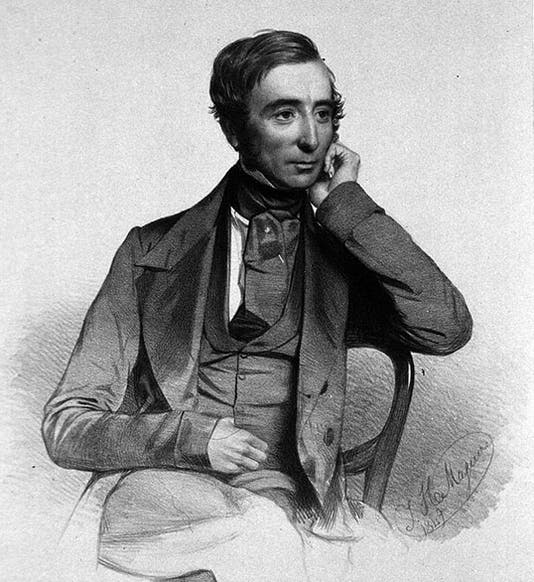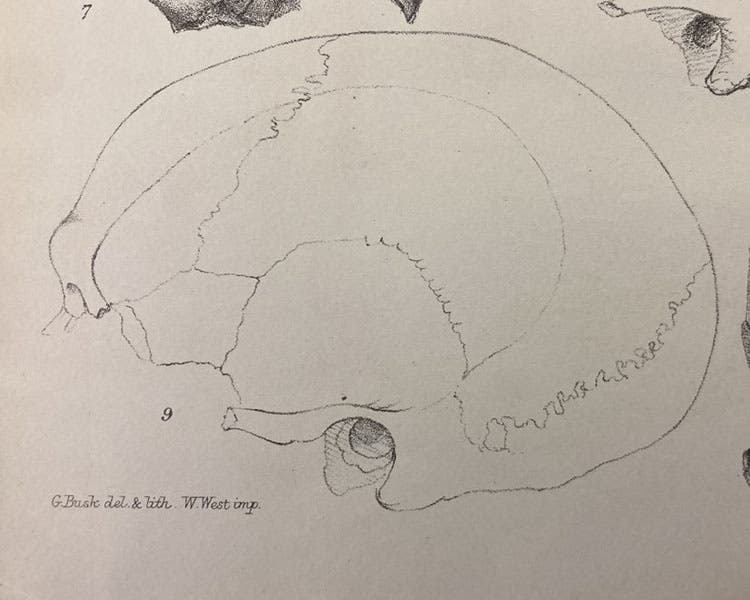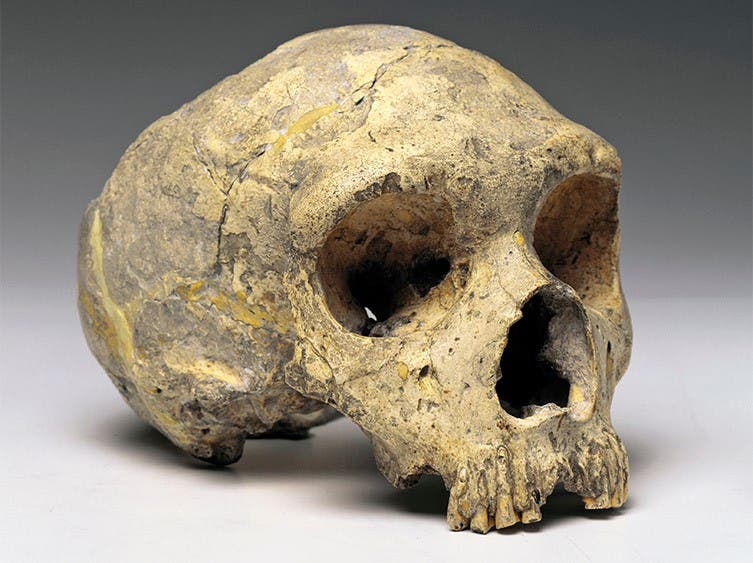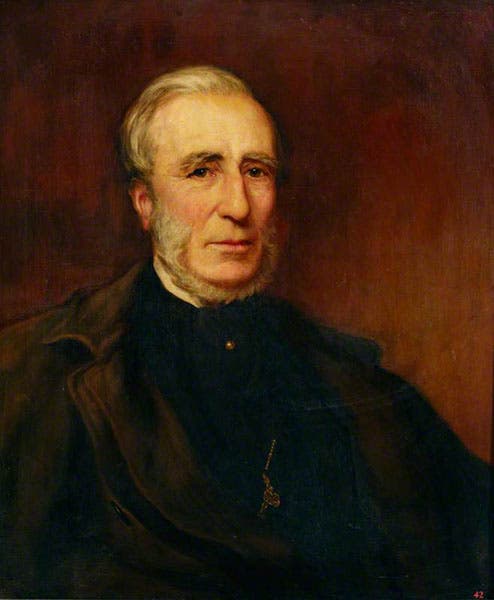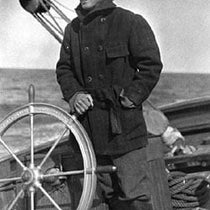Scientist of the Day - George Busk
George Busk, a British surgeon and zoologist, was born Aug. 12, 1807. Busk, of lower-class origins, was for many years the chief surgeon on the HMS Dreadnought, which was a hospital ship for disabled or impoverished members of the merchant marine. Busk was also interested in marine invertebrates, especially Bryozoa, and in 1855 he retired to devote himself to natural history and microscopy. Along the way, he met and befriended the much younger Thomas H. Huxley, another working-class surgeon with an interest in marine biology, and together they clawed their way into the heretofore stuffy and elitist realm of London's scientific society. Huxley was also enthralled with Busk's wife Ellen, who a most un-Victorian lady, full of ideas and opinions and perfectly willing to express them to any man who confronted her. Huxley wrote about her in awe to his own fiancé back in Australia.
Busk founded and edited a journal, Natural History Review, and for the first volume in 1861, he decided to publish a translation of Hermann Schaafhausen’s paper on the first specimen of what we now call Neanderthal man, found in Germany in 1856. Charles Lyell had visited the site of the discovery in 1860 and brought back a plaster cast of the skull. Busk made the translation of Schaafhausen’s paper himself, and instead of copying the engravings in the original paper (one of which you can see here), Bush made his own lithographic drawings of the plaster replica and had them printed for his 1861 publication. We include here the two-page spread (third image), and a detail showing the attribution to Busk (fourth image). This paper basically introduced Neanderthal man to the English audience, both lay and professional. Both Huxley and Lyell would later use Busk’s drawings for the plates of the Neanderthal skull in their books, Evidence as to Man’s Place in Nature (Huxley) and Geological Evidences of the Antiquity of Man (Lyell), both published in 1863. You can see the Huxley engraving here, and Lyell’s here, as we displayed both illustrations in our exhibition, Blade and Bone (2013).
In 1864, another skull came to London, this one an original, which had been found at Forbes’ quarry in Gibraltar sometime before 1848, and which had remained unexamined for 16 years. Busk studied this skull, noted its resemblance to the Neanderthal skull, and presented it to the annual meeting of the British Association for the Advancement of Science in Norwich in 1864. Many had dismissed the Neanderthal skull as a pathological singularity; it was now hard to do so, with two such similar skulls found so far apart. In 1868, Busk gave the skull to the Royal College of Surgeons; it was later transferred to the Natural History Museum in London, where you may see it today. It is known as Gibraltar 1 (fifth image).
Busk was also a member of the “X Club,” a dining club founded in 1864 by Huxley and Joseph Hooker, which met for dinner once a month for the next 29 years. The membership included sociologist Herbert Spencer, anthropologist John Lubbock, physicist John Tyndall, and three others, for a total of nine. All were dedicated to advancing the cause of naturalism and the separation of science and religion, as well as Darwinian evolution. The name “X Club” was suggested by Busk’s wife Ellen, who pointed out that X could stand for nothing and everything, so they could really discuss anything they wanted at their gatherings. The members of the X Club came to wield a great deal of power and influence in Victorian scientific circles. Busk was the elder statesman of the group, being on average 15 years older than everyone else. He was an active member until his death in 1886.
There are quite a few portraits of Busk that survive, many of them photographs. We chose to include here a portrait of a younger Busk (first image), drawn and lithographed by Thomas Maguire, who did portraits of at least 50 scientists around 1850 (many of which we have included in various posts in this series), and an oil portrait of an older Busk, lovingly rendered by his daughter, Ellen Martha (sixth image).
Busk was buried in Kensal Green cemetery in London, which contains the remains of a great number of Victorian scientists, especially Arctic explorers, for some reason. But Busk is the only X-Club member who rests there.
Dr. William B. Ashworth, Jr., Consultant for the History of Science, Linda Hall Library and Associate Professor emeritus, Department of History, University of Missouri-Kansas City. Comments or corrections are welcome; please direct to ashworthw@umkc.edu.

